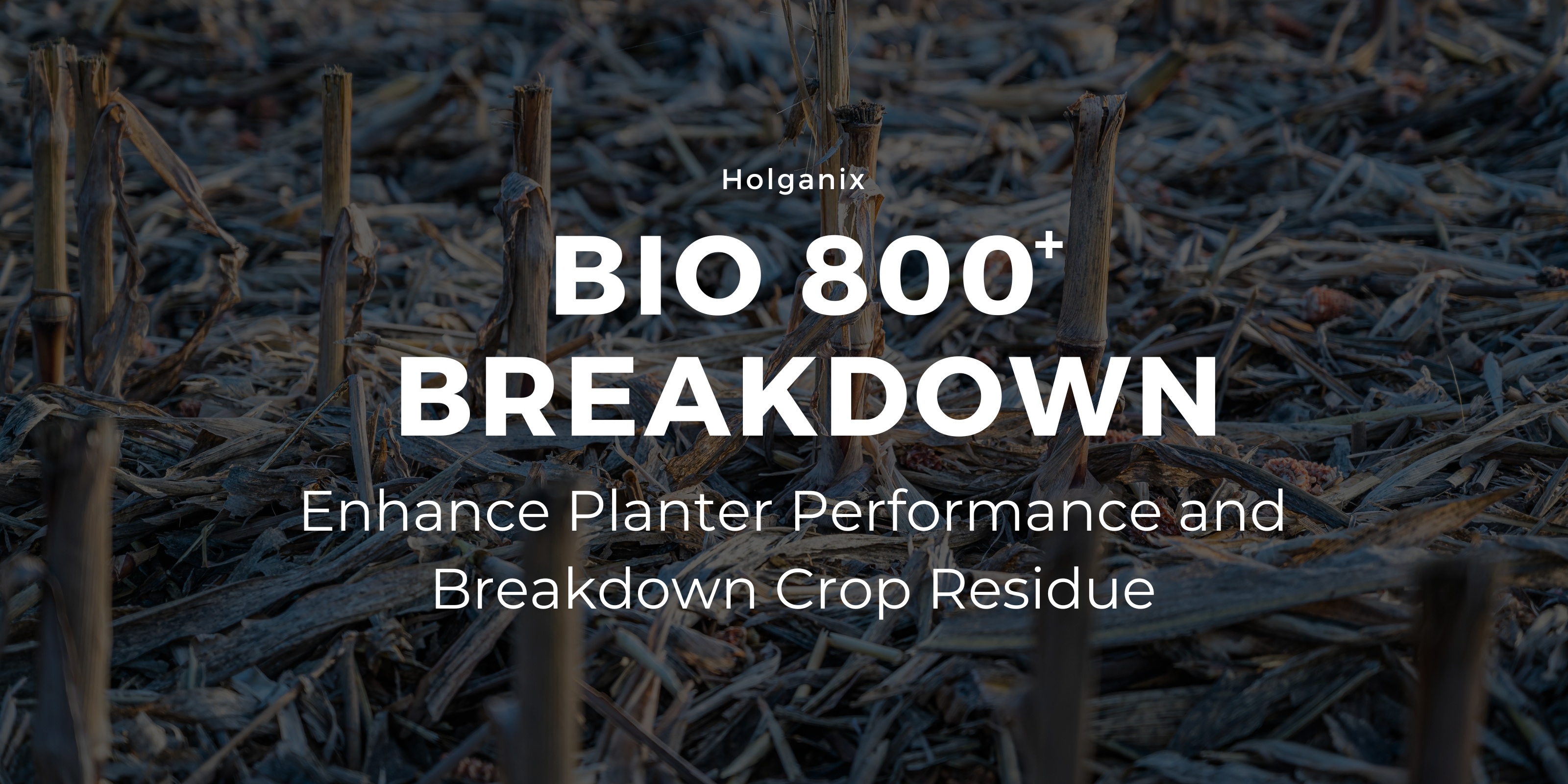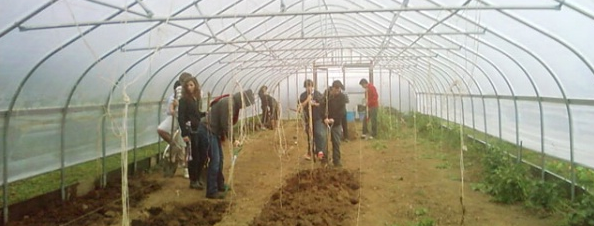Can you tell us about your background and the story behind Harmony Hill Nursery?
We opened in 2009 and it wasn’t a great year to open a nursery. The economy was going through the tubes. We came up with 8,000 trees ranging from 2 to 4 inch calibers that were ready to go.
We run the gamut from large shrubs to shade trees. We are even adding some new cultivars and it’s something we are proud of.
Watch the 3-minute video above to learn more about Chris Uhland and Harmony Hill Nursery.
What does a typical protocol look like from planting to harvest?
In the spring, we create a 500-gallon slurry of HGX PRO BIO 800+ Tree and Shrub and root dip our plants into the slurry for 30 to 60 minutes. Then, we plant it in the field immediately. We harvest at a minimum of 18 months, but we try to do a 34-to-30-month range with harvest in the spring and fall.
Watch the 8-minute video above to learn about Chris’ typical plant health protocol including planting, irrigation, fertilization, and more.
Do you have any recommended protocols for planting?
I worked as a landscaper outside of State College and I rarely ever lost a tree. We used a root stimulant and an organic, slow-release granular fertilizer to feed new plantings. I realize that for a lot of landscapers it’s a low-bid process. But, at the end of the day, if your soil is healthier and more established, you are going to get fewer callbacks and more referrals.
Watch the 13-minute video above to learn more about Chris’ recommendations for landscapers working with plant installations.
Do you have any recommendations for landscapers and horticulturists that are caring for trees at homes/commercial spaces?
If you look back at the history of landscaping, mulching was intended to mimic Mother Nature. If you walk around a woodland, you see the organic layers that develop that add nutrients to plants and soil naturally. Landscapers need to mimic that natural process tended by Mother Nature. Consider using pine needles, pine straws, or mulching to add organic matter. Add nutrients when necessary – without pushing new lush growth when it’s not appropriate. Also, make sure you water at the right times and not excessively – having concentrated irrigation to the plants as opposed to over-spraying the plants.
Watch the 2-minute video above to learn more about Chris’ recommendation for plant health care.
What results have you seen with Holganix Bio 800+?
Harvest - Most of our material we line out at planting is 1-to-1.25 inches and we typically try to get a half-inch of growth out of each tree, each year. But, because of the Holganix Bio 800+ applications, we also saw our trees reach a 2-to-2.25-inch caliber. We were harvesting in less than a year, and under a normal cycle that would be a two-year harvest time. Not only did it save us time, and trees from being lost, it made us money by trimming off 1-to-2 years in our production cycle.
Disease - A big thing that I noticed - and I was shocked to see it - was that our insect pressure isn’t as bad as others in the region. I attribute that to HGX PRO Bio 800+ Tree and Shrub developing a stronger plant that may be less susceptible to insect pressure. Also, when disease pressure runs high, we often need to do an extra fungicide spray application. We haven’t had to do that once with HGX PRO Bio 800+ Tree and Shrub.
Watch the 10-minute video above to learn more about Chris’ results with HGX PRO Bio 800+ Tree and Shrub.
 |
June 30, 2022
|
2:00 PM
|
June 30, 2022
|
2:00 PM
-4.jpg)
-2.jpg)
-1.jpg)
-1.jpg)
-1.jpg)
.jpg)
-4.jpg)
-2.jpg)
-1.jpg)
-1.jpg)
-1.jpg)
.jpg)



.webp)
-1%20(1).webp)
-831535-2.webp)





-4.png)